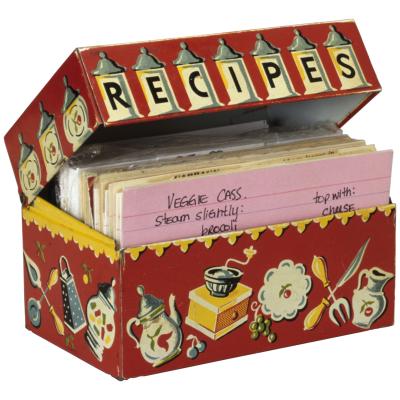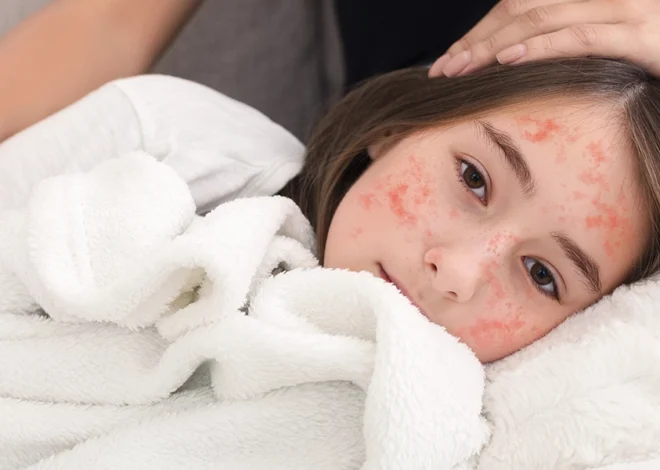Food allergies present the risk of potentially serious reactions based on your child’s specific allergies. Processed or prepared foods make it more difficult to control exactly what your child eats. Birthday parties and other social settings leave your child exposed to even more risks of encountering ingredients that cause allergic reactions. Learning to cook for your child with food allergies increases the safety of her diet.
Separate Utensils
Cross-contamination doesn’t just happen at food processing plants. If you cook separate food for your child, you can cross-contaminate it with utensils and appliances in the kitchen. For example, if your child has a gluten allergy, you can contaminate the toaster with regular bread. When you use the toaster for your child’s special gluten-free foods, crumbs from the regular bread could contaminate it. Use separate equipment for your child’s food prep to avoid an allergic reaction.
Cook from Scratch
Cooking your child’s meals and snacks from scratch reduces the risk of an accidental allergic reaction, which can be difficult to avoid with processed foods. Some ingredients are difficult to decipher and may contain a particular food allergen. For example, malt flavoring, modified starch, stabilizers and flavorings may contain gluten. These extras are often added to processed foods. When you cook the meal from whole ingredients, you control everything that goes into the mix, allowing you to better avoid a food allergy reaction. If time is an issue, cook extra and freeze part of the dish for a quick meal another night.
Collect Recipes
If your child has been diagnosed with a food allergy, you will likely need to adjust your current diet and recipes. For inspiration, start a collection of recipes that work with your child’s restrictive diet. At first, the options may seem limited, but your recipe collection will soon grow, giving you more variety. Try converting some of your old recipes to match your child’s new dietary restrictions so you can continue enjoying your favorite meals. For example, if your child is allergic to dairy products, try replacing milk in a recipe with soy or rice milk. Health Central suggests purchasing a cookbook specifically for people with allergies.
Food on the Go
A child with food allergies faces greater difficulty when outside the home. Packing snacks and meals for your child allows him to enjoy food that won’t cause him problems. For example, Health Central suggests baking special cupcakes for your child that omit the ingredient that causes his allergic reaction. When he has a birthday party to attend, send the cupcake with him so he doesn’t miss out on dessert. Baking and freezing food items gives you easy access to food that is safe for your child.
Other Tips for Cooking Success
Stocking your kitchen with plenty of allergy-free foods makes cooking for your child easier. Clean out your pantry and cupboards to remove potential reaction-causing foods. Read ingredients labels on processed foods to ensure the allergen isn’t included. Many processed products include a disclaimer about the potential for cross-contamination with nuts, wheat, soy, dairy and eggs. Get rid of the offending items or place them in a separate area where your child can’t reach them. Take time to read food labels at the grocery store. Keep a list of the safe items so you don’t have to read the labels every time.





